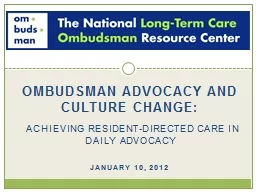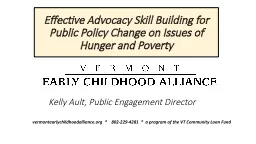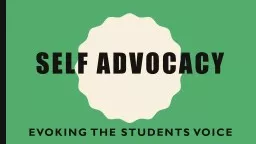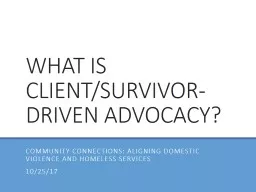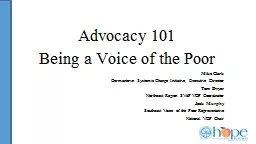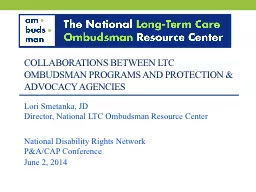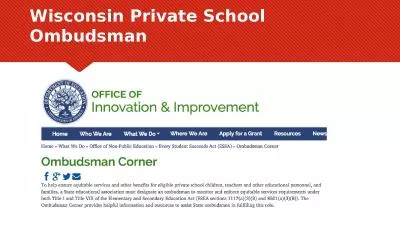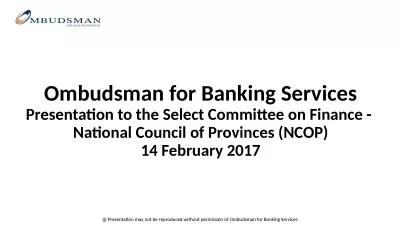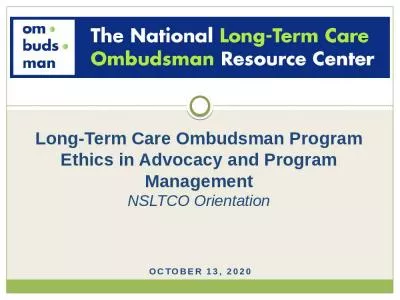PPT-Ombudsman Advocacy and Culture Change
Author : pasty-toler | Published Date : 2018-02-23
Achieving RESIDENTDIRECTED Care IN DAILY ADVOCACY January 10 2012 Your Daily Routine Think about your morning routine W hat do you do first What is your favorite
Presentation Embed Code
Download Presentation
Download Presentation The PPT/PDF document "Ombudsman Advocacy and Culture Change" is the property of its rightful owner. Permission is granted to download and print the materials on this website for personal, non-commercial use only, and to display it on your personal computer provided you do not modify the materials and that you retain all copyright notices contained in the materials. By downloading content from our website, you accept the terms of this agreement.
Ombudsman Advocacy and Culture Change: Transcript
Download Rules Of Document
"Ombudsman Advocacy and Culture Change"The content belongs to its owner. You may download and print it for personal use, without modification, and keep all copyright notices. By downloading, you agree to these terms.
Related Documents

